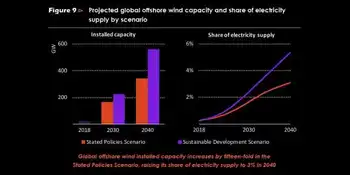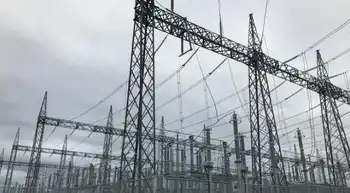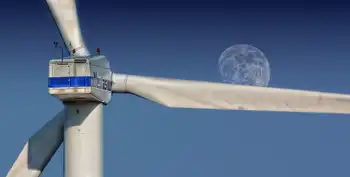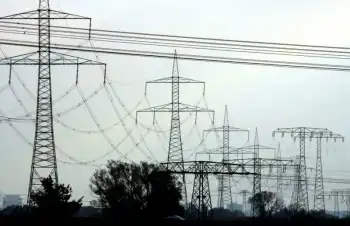Wave Power To Make Commercial Breakthrough
SCOTLAND -- - IMAGINE a 120-metre structure the size and shape of four railway carriages floating gently in the sea. The four cylinders rise and fall with the motion of the waves. The movement is harnessed to push hydraulic fluid through a generator and electricity is produced.
The Pelamis (a species of water snake), designed and built by Ocean Power Delivery, is one among many competing designs for wave power generation. Stephen Salter, professor of engineering design at Edinburgh University's school of engineering, and a leading authority on wave and tidal power systems, likes to compare the current era of wave power to the world of flight circa 1905. Right now everything is too dangerous, too expensive and too uncomfortable. But one day, not too distant, we'll have [the wave power equivalent of ] Boeings and intercontinental travel, he says.
Right now, Salter says, nobody can be certain which of the many ideas will turn out to be the winner. The whole field is just so much less nailed down than wind turbine power. The total resource available from the sea is enormous. Even better, the planning side of things is so much easier, since very few people care what you build over the horizon out to sea, he says. This does not mean that wave and tidal projects are environmentally careless.
Every project has a full environmental impact assessment carried out as part of the experimental phase. But it does make life a lot easier for the engineers. Wave power has considerable attractions when compared against wind. Wind speeds can gust from 30mph to 120mph in three seconds. That is a tremendous change for engineers to have to design for.Wave power is predictable about four days ahead. There may be local variations from wave to wave, but there is little average change over any ten-minute period. Wave power is also attractive by being out of phase with the wind. After a storm, the waves go on long after the wind has subsided. Despite the apparent attractions, Salter concedes that wave power is the poor relation in renewables research.
We will have to go some to match the performance being achieved by wind farms. But you have to remember that this has been created by some very heavy subsidies, with lots of political pressure to make it happen. In general, wave systems have to be designed to deliver more power than wind turbines. The cable to the shore is expensive, so you need to deliver hundreds of kilowatt hours to make it viable, Salter comments. His department is working on wave and tidal projects simultaneously. On the wave front, it is working on a software simulator that will enable it to model the expected performance of various wave device ideas. On tidal energy, Salter's team has taken a revolutionary approach to power take-off.
Most systems look to bring energy back to the centre of the model. The problem with this is that the centre moves at a much slower velocity to the rim, so the torque has to be much higher. In engineering, torque, or force, is generally expensive, while velocity is more or less free. It makes sense, therefore, to take power off at the rim if you can. Max Carcas, director of business development at Ocean Power Delivery (OPD), expects the economics of wave and tidal power systems to mirror events in the wind turbine world. Over the past 15 years, costs have fallen by 80 per cent as more and larger wind turbines have been deployed. We can see big cost savings in wave power systems in the near term, he says. Carcas says that building one of anything is expensive.
However, a fact to bear in mind is that OPD's opening costs have been about half those that wind power had to bear and less than a quarter of the costs faced by solar power. Survivability is the challenge when you build for storm waves. We look at fatigue factors over the predicted life of the system and the numbers look better and better.
Related News
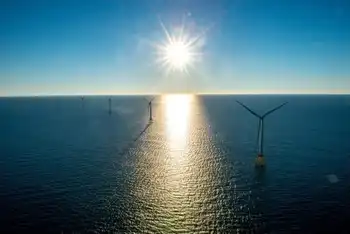
Next Offshore Wind in U.S. Can Compete With Gas, Developer Says
WASHINGTON - Massive offshore wind turbines keep getting bigger, and that’s helping make the power cheaper — to the point where developers say new projects in U.S. waters can compete with natural gas.
The price “is going to be a real eye-opener,” said Bryan Martin, chairman of Deepwater Wind LLC, which won an auction in May to build a 400-megawatt wind farm southeast of Rhode Island.
Deepwater built the only U.S. offshore wind farm, a 30-megawatt project that was completed south of Block Island in 2016. The company’s bid was selected by Rhode Island the same day that Massachusetts picked Vineyard Wind…

